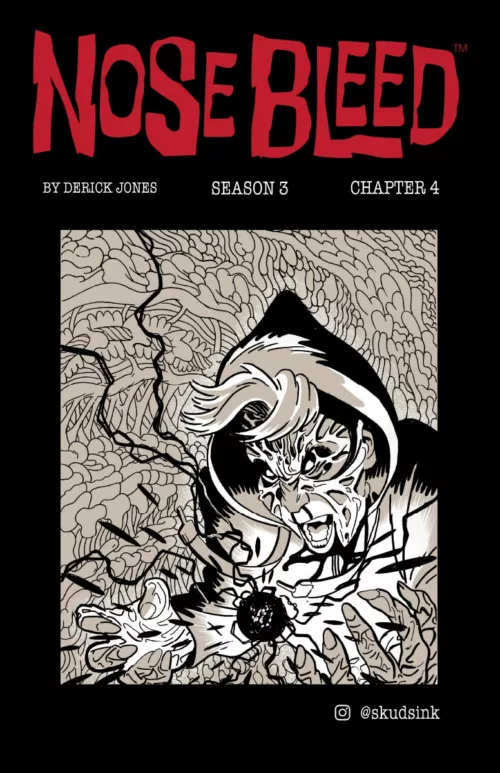SEPTA’s screens
After debate-filled presentations in July and September, Intersection’s Consulting Manager Jon Roche returned on October 10th for a third presentation. On the table once more were digital monitors proposed for numerous sidewalk-subway entrances along Broad and Market Streets.
These presentations have been contentious. Meetings have drawn endless questions from the Commissioners, raising concerns about the way the digital displays were to be mounted, and the information on those displays. There have been lamentations about the growing footprint of digital advertising, and the eroding quality of Philadelphia’s historic districts. These meetings even drew passionate public testimony–a rare sight at these procedural meetings–where members of the public invoked the Art Commission’s charter, and asked the jury to uphold its purpose of keeping Philadelphia’s built landscape beautiful.
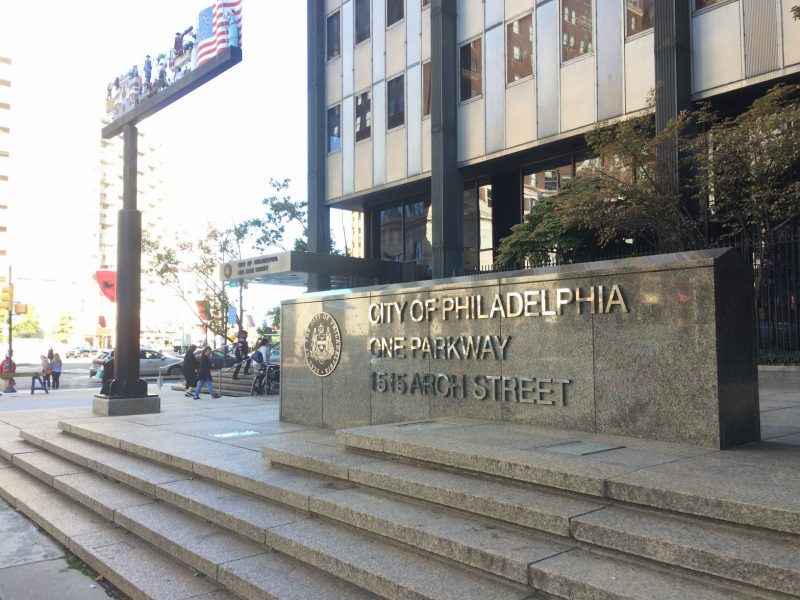
But amidst all this fury, the conversation slid into a common procedural trap. See, when the Art Commission finds fault with a proposal, the relationship between jury and design team becomes that of teacher to student. Desperate for the Commission’s approval (which is required to receive a building permit in Philadelphia), increasingly flustered groups of architects look for hyper-specific guidance from the Commissioners: what materials to pick instead of what they proposed; how many more trees to include on a plan–essentially, “if this is proposal is wrong, tell us how to make it right.” But the Commission often does not have those specifics. Yes, they’ve found fault with the project, but they’re asking the design team to consider the concerns they are raising. They want design teams in Philadelphia to already be considering the historic context of a site, a building’s design in the landscape, and to weigh beauty in equal measure to function and budget. But far too often, Commissioners get stuck suggesting hyper-specific changes, because the students want to know how to pass the test.
And so it went today. SEPTA addressed every concern by designing a slimmer, sleeker mount for the digital monitors, with a beveled weld, a matte finish, and hidden bolts for a nearly invisible frame that will now hold digital monitors above the street-level subway entrances along Broad and Market Streets. Near the end of the last discussion, Chair Alan Greenberger reminded the Commissioners that because City Council had voted to approve these screens, the Art Commission’s role was to advise not on whether (or not) to have them, but on how to install them. With all their changes incorporated, the Commission swiftly approved the new design. And as one Commissioner added, our monitors will be “better than New York’s”–which is to say, at least the hardware will look nice.
Additional notes
Back in March 2016, the previous Art Commission reviewed a proposal for a redesigned ADA elevator for the 5th Police District station. To remind you, the Commission has been reshaped under incoming mayor Jim Kenney, and added three new members at the March meeting. Back in March, the Commission rejected the enclosed-elevator plan, arguing that police buildings were increasingly functioning as community spaces, making universal access vital to their operation, and point out that the proposed design of an enclosed elevator served to reinforce the notion that wheelchair-users and the mobility-impaired are second-class citizens. Fast forward to October, with a revised design that adds a window to the ADA elevator door, replaces the concrete handrail with an open metal handrail, and adds neutral colors to the adjacent walls. Minor changes, but this Art Commission commended and approved the new design.
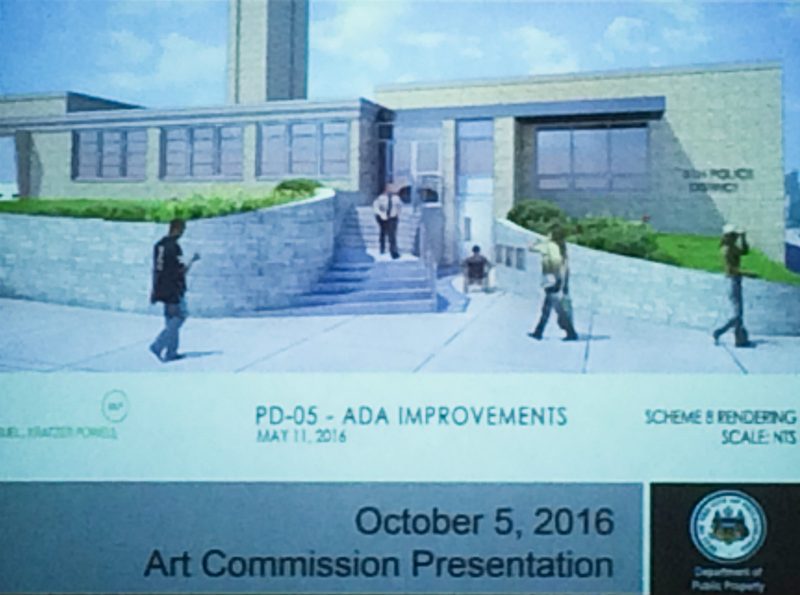
The Free Library in Tacony, one of four libraries to receive funds under the 21st Century Library Initiative, received approval for a new mural by artist Ben Volta. Diligence draws from historic images of Disston Saw Works to bring the neighborhood’s blue collar legacy into the library. The renderings show the full mural as proposed for the children’s room, as well as the frieze proposed for the main library rooms.
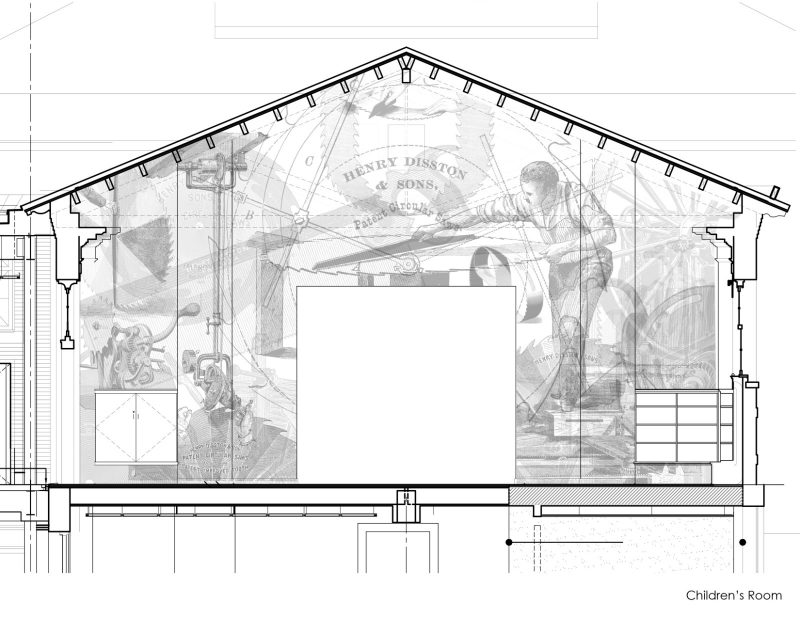
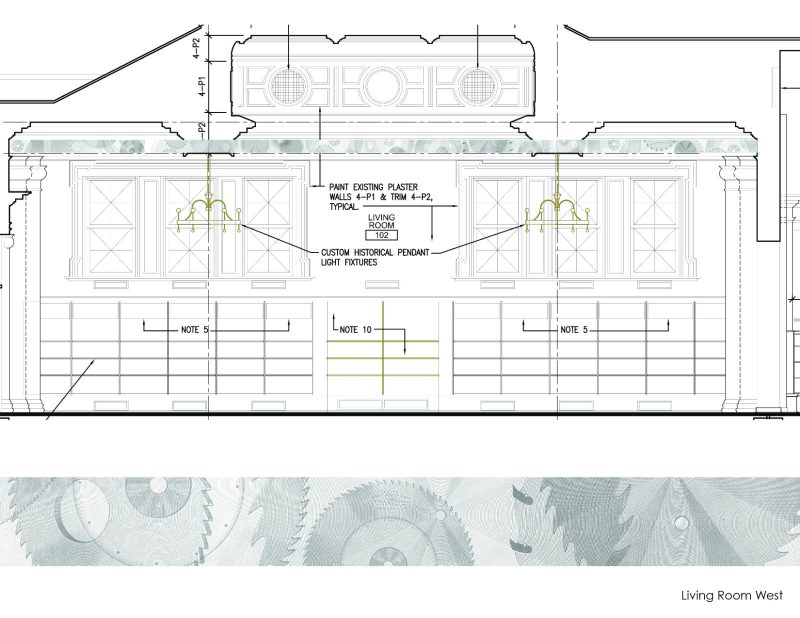
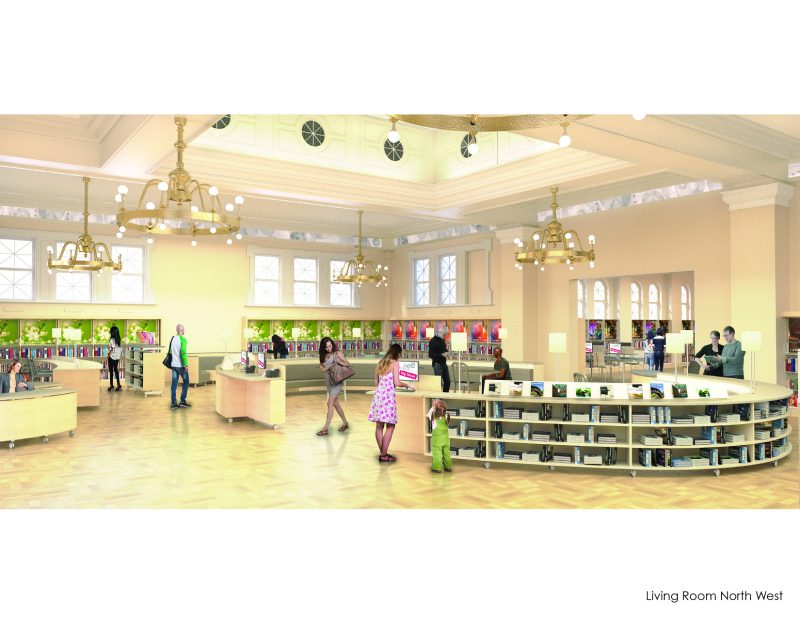
The beloved bronze sculpture, “Billy Goat,” of Rittenhouse Square appeared on October’s agenda, but arguments about its replacement by a bronze replica will be heard in November, since the discussion was postponed by Margot Berg, Director of Public Art. We’ll wait and see what’s going on with our beloved “Billy Goat,” but those curious can read the article by Jared Brey in Philadelphia Magazine.






